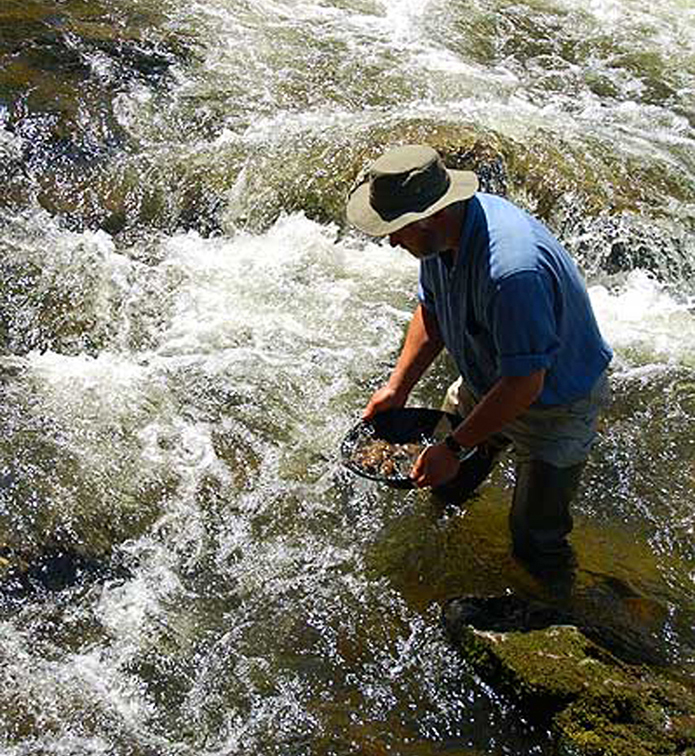
Image © Neil O'May.
Hunting for gold
In writing this piece I thought it best to begin by addressing the question of why I feel it is so important that the ancient skill of gold panning is preserved and practised. There are of course the prosaic and practical reasons: panning is a quick and easy way to determine whether natural gold exists within a given area and the gold pan is an extremely cheap and robust tool with which to recover gold and, as such, may be the only way that poorer people in gold bearing areas are able to recover some of the precious metal.
But my fascination with gold panning has been driven by something quite different. Hunting for natural gold has enriched my life hugely. I have travelled to places I would never otherwise have gone and met so many wonderfully generous people. My trips have varied from quiet weekends away panning with my three children, to serious off-the-beaten-track adventures. If you like the great outdoors, but need a reason to be there, then this treasure hunt with nature might suit you too!
The Gold Pan
When people first started using gold pans is a mystery, but there are clues. The first is the legend of Jason and the Golden Fleece. It is now widely believed that this fantastical story from around 1300BC actually records a daring raid on a Georgian gold camp. The miners were passing gold-bearing gravel over sheepskins, so that particles of gold became trapped in the wool. The fleece was later washed or burned to free the trapped heavy materials. A necessary second stage to this gold recovery technique would have been to wash the gold rich concentrate in some form of pan to separate the gold from the other heavy material. Jason was hoping to steal the sheepskins before the gold was washed out. Amazingly, people are still using sheepskins to wash for gold in Georgia today. The second clue is the sheer simplicity of the design of traditional wooden pans – a shallow depression roughly hollowed out of a large log to form a broad bowl, or, as in the case of the traditional Japanese gold pan (the Yuri-ita), the wood appears cleft along the line of the tree’s annual growth rings to form a concave rectangular board. It is easy to see that such simple pans could easily be made with stone or bronze tools.
Gold pans made of wood, steel or tough plastic are all still in use today. Two designs are dominant across the world – a circular flat bottomed dish with sloping sides and a shallow cone something like a traditional Chinese hat. Note that no practical gold pan is designed full of holes, sieve-like; and yet I have often met people who believed that they are.
Gold Panning Technique
Pure gold has a specific gravity of 19.3 making it significantly denser/heavier than almost any other material to be found in a stream or river bed. The vast majority of river sands and gravels have a specific gravity of between 2 and 3 – making gold in the region of eight times denser than the common materials surrounding it.
The very essence of gold panning is to use this physical difference and simply agitate a ‘dish’ of gold bearing sands in water, allowing the denser gold to sink to the bottom of the pan, or as some people prefer to think of it, to allow the lighter material to ‘float’ above the gold. The lighter material is then washed away in stages until only a heavy concentrate remains.
Gold panning would be very easy indeed if natural gold always occurred in chunks and nuggets, but alluvial gold most commonly occurs as dust and thin flakes. This is important as the relationship between density and surface area is critical in panning – a very thin piece of gold can have such a relatively high surface area to its weight that it will actually float on water. You may have seen scraps of gold leaf suspended in bottles of spirit; this demonstrates the surface area to mass relationship well. The competent gold panner knows to be careful and not rush the panning process; with good technique most sizes and shapes of natural gold can be recovered.
My preferred technique, using a flat bottomed American-style gold pan, is as follows:
1. Place the gold bearing material in the pan until it is 1/2 to 2/3 full – an overfull pan is difficult to work.
Sink the pan so that it is just below the surface of the water. Now roughly agitate the pan in a circular or zigzag motion. This process frees gold particles that are trapped in dirt or clay and brings larger stones to the surface. (Note: some people carry a garden type sieve to remove these stones.)
2. Remove the larger stones checking any pieces of ore for possible gold inclusions. If you are using a sieve, it is still good practice to quickly look through the stones for gold ore.
3. The removal of the stones has classified the remaining material, so that it now has a more even particle size and thus improved the gold recovery process. As in stage one, agitate the material again underwater, but now more gently. The gold is clean at this point and we are simply allowing the gold to sink through the sands leaving the surface material barren.
4. You are now ready to start washing away this gold-free barren material. Tilt the gold pan slightly forward, say 10 to 15° from horizontal, and push the pan forward into the water to create a wave that washes over the entire surface of the pan and, as it recedes, takes with it some of the barren sand and gravel.
Continue working with a pattern of 5 to 10 seconds of agitation followed by 2 to 3 of these waves until only half a cup full, or less, of heavy material remains in your pan.
5. The heavy material remaining will vary depending on the minerals, other than gold, that have found their way into the streambed you are working. Most commonly these minerals are black and your heavy deposit is usually an arc of fine ‘black sand’. A good nugget will show at this point and should be removed, but fine flakes and dust will still be hidden under the black sand. The technique to separate the gold from the black sand is to take roughly half a cup of water into the pan and, with a gentle rolling motion, let the water brush the black sand away from the gold. With practice you will find that it is possible to separate every particle of gold from the ‘heavies’ using this technique. There are many tricks and variations to this final cleanup. For instance, if the black sand is magnetic then a magnet can be wrapped in polythene and passed over the concentrate to remove most of the heavies, leaving behind the non-magnetic gold. In the gold panning vernacular, a carefully washed pan that has no gold is called a ‘skunk’ – and gold is mostly referred to as ‘colour’. (As in, “I had three colours in my first pan, but my second pan was a skunk!”)
While I am concentrating on the recovery of natural gold with a pan, it is worth mentioning that more than just gold can be panned in Britain and Ireland. There is a long tradition of ‘tin streaming’ in Cornwall where sluice boxes and pans were used to recover the ore of tin in the form of the mineral cassiterite or ‘wood tin’ – so called due to the banding of this red-brown mineral. Ironically, gold was a by-product of tin streaming operations. A very few British panners hunt for nuggets of native silver; rarer than our gold! While out panning for gold, other semi-precious minerals will form part of your heavy concentrate – such as garnet in the ruby-red forms of pyrope and almandine. I have, unsuccessfully, panned for sapphires in the Outer Hebrides, but they are there somewhere! Remember, gold panning is all about using the difference in the specific gravity of alluvial materials to separate them – a huge range of relatively heavy minerals can be recovered by panning. And, as a final note on panning for more than just gold, it is worth recording that occasionally ancient artefacts will appear in the pan. I know of bronze arrowheads and hammered silver coins being found, and have found a Victorian gold pocket watch chain myself.
A good place to watch and learn truly excellent gold panning technique is at a National, or better still, a World Goldpanning Championship.
And what to do with the gold you find? Many people enjoy finding gold grains in different locations and form collections of provenanced samples. It may be possible to have your gold made into jewellery – in many areas there is a tradition of people looking for the gold to make their own wedding rings.
The Occurrence of Natural Gold
There are no simple rules to guide us on where natural gold might be found. The best advice I can give is that you should research the area you are interested in to discover if gold is known to occur there.
Until you are highly skilled, it is always best to work an area known to have natural gold – this builds confidence and saves a lot of frustration. You should also ensure that the area is not subject to protection in the form of an environmental designation that discourages, or forbids, gold panning. It is also of the utmost importance that the landowner’s permission is sought and the basic rules of the country code are followed. As with most outdoor pursuits, the goldpanner should aim to leave little or no trace that they have ever been there.
Gold occurs very widely across Britain and Ireland, with the exception of eastern England – that is east of a line from say Newcastle to Exeter. There are the very well known locations such as Crawford Moor and Helmsdale in Scotland; Dolaucothi and the Dolgellau areas of Wales, the counties of Devon and Cornwall in England and Wicklow and Mayo in Ireland. But there are dozens of less well known streams that also yield natural gold and take time to track down, but it is worth it. There is a great sense of achievement to be had from finding gold in a secret location!
The Real ‘Gold Fever’
There is something unique and completely compelling about finding gold in the wild. There is no silver or platinum fever, no diamond or sapphire fever; it only happens with gold and it’s hard to say why. Certainly the brightness and rich lustre of gold is beguiling; even the tiniest speck in the pan will suddenly shine out like a star as the black sand is brushed away. Perhaps the most surprising truth about gold fever is that it has nothing to do with money. Although gold and wealth are synonymous, almost all of the gold panners I know do it simply for the love of the hunt. For the joy of finding some specks of this most precious metal that nature has hidden so carefully – and the thrill of knowing that you are almost certainly the first person in the history of the world to see this gold.
For me the poet Robert Service captured the essence of gold fever brilliantly with the lines from his poem ‘The Spell of the Yukon’:
‘There’s gold, and it’s haunting and haunting,
It’s luring me on as of old;
Yet it isn’t the gold that I’m wanting
So much as just finding the gold.’
Vincent Thurkettle first went gold panning in 1977 after a chance meeting with a gold prospector. He has prospected across much of Britain and Ireland and in many other world locations. He has won the British Championships several times, and won his first World Championship gold medal in 2007 in Canada. Vincent was President of the World Goldpanning Association for seven years. www.gold-panning.co.uk

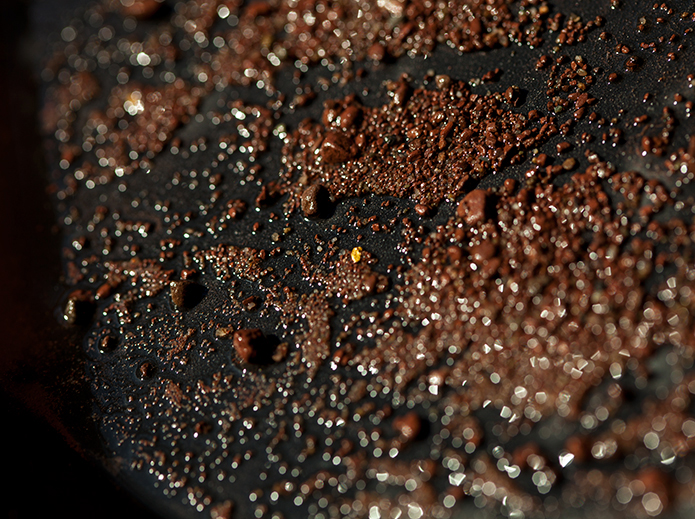
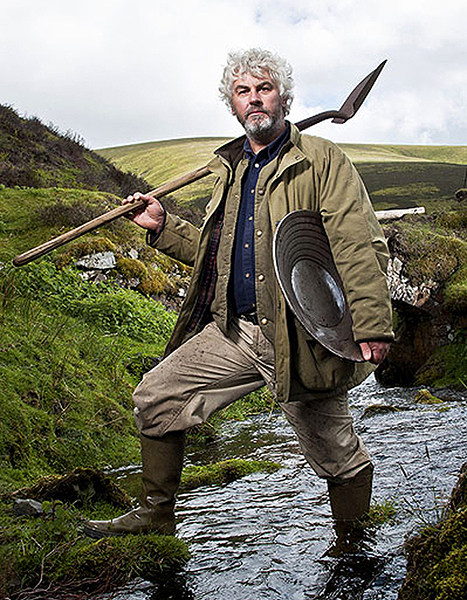
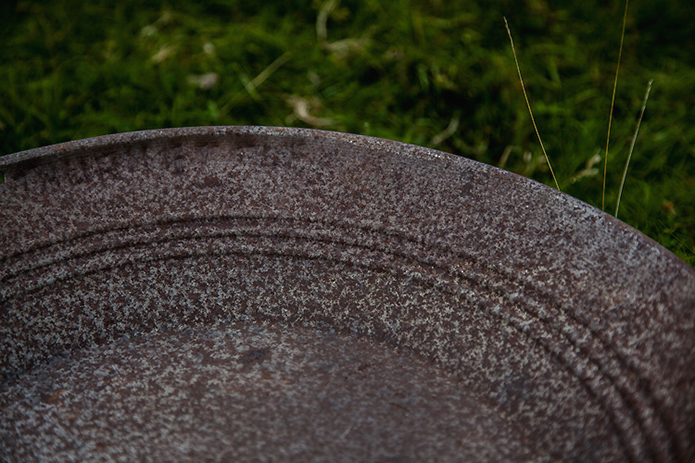
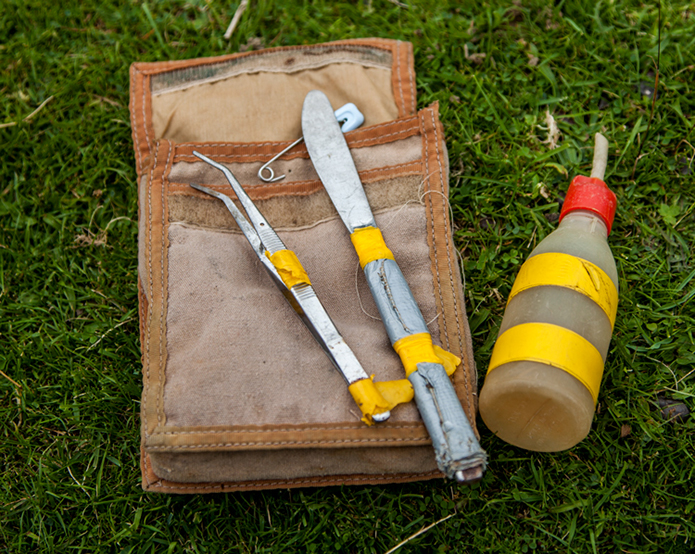
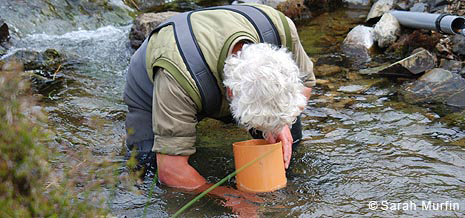
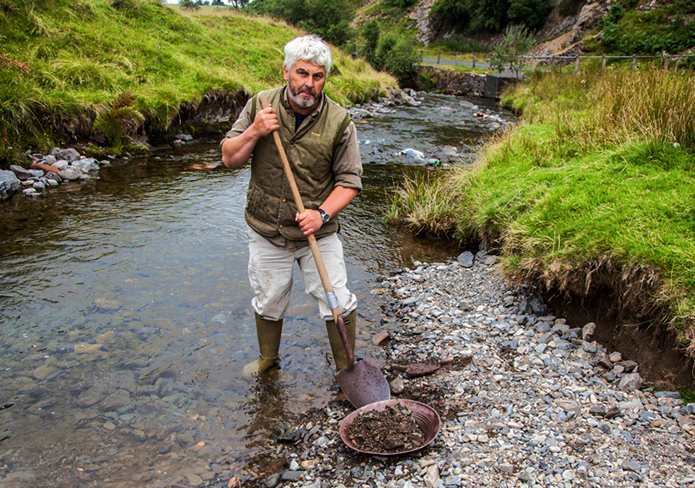
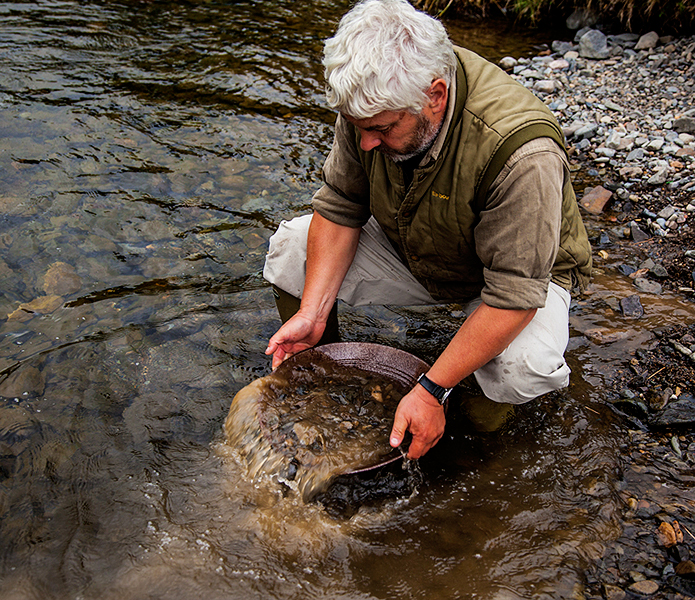
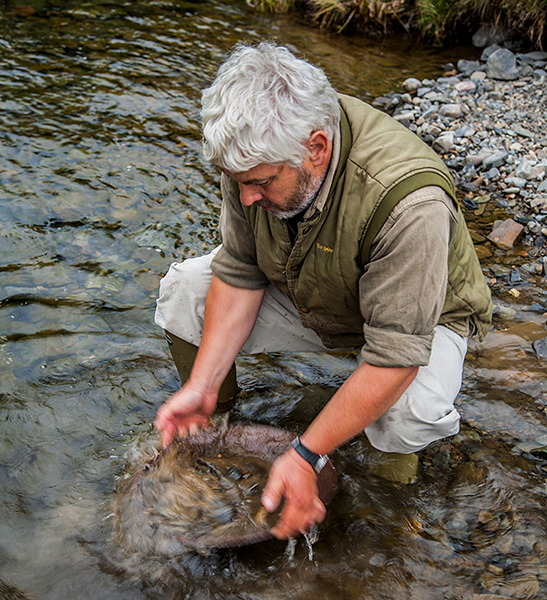
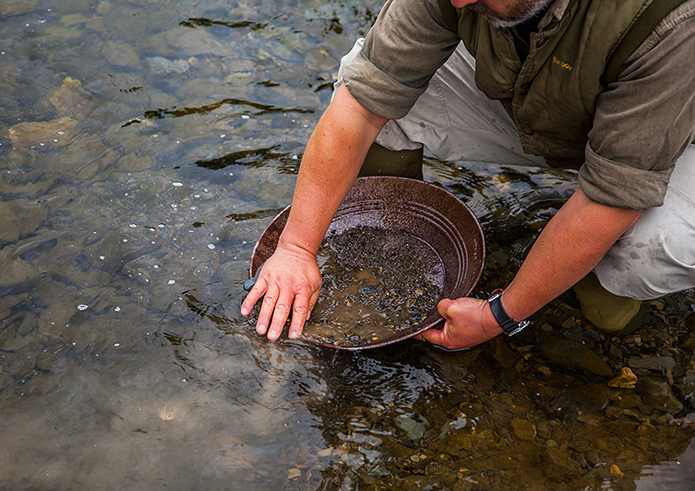
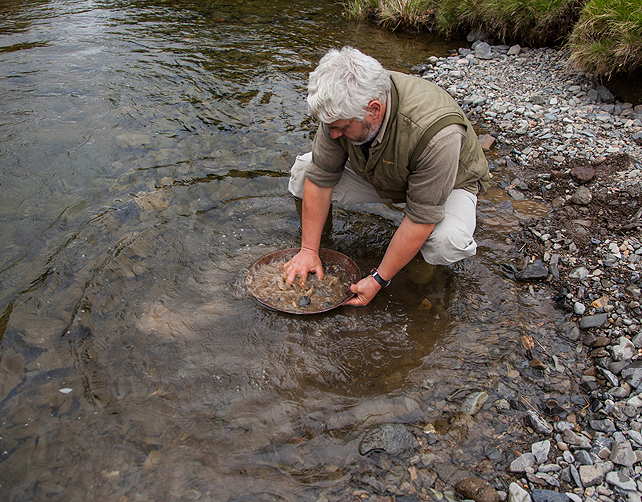
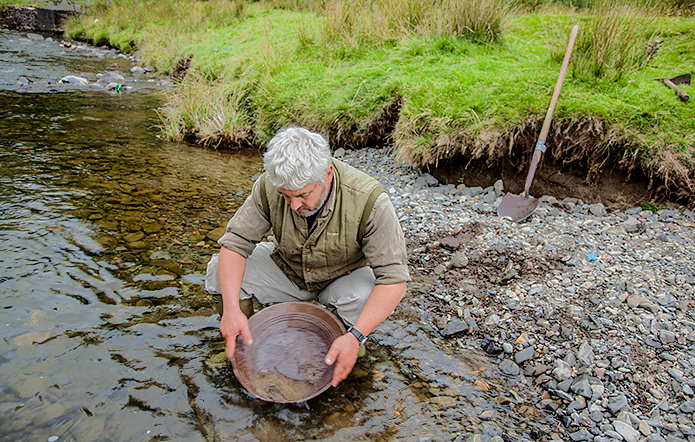
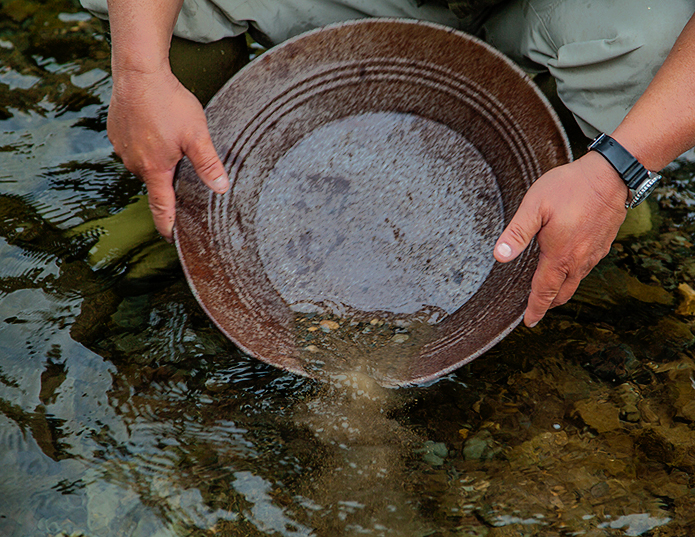
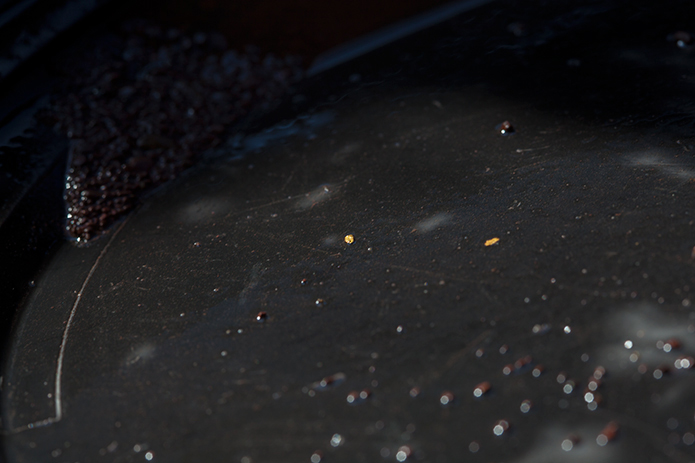
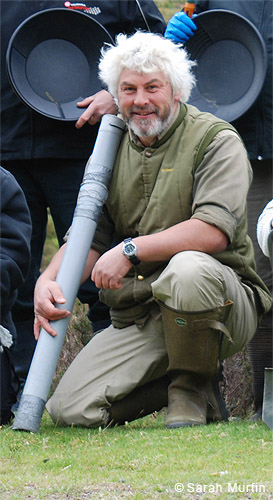
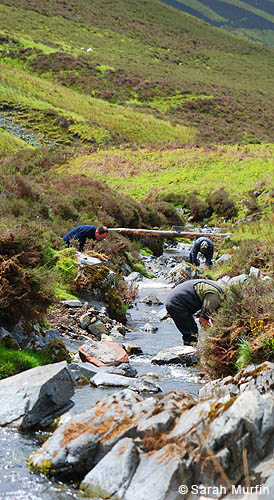
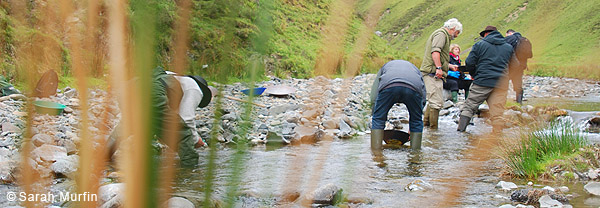
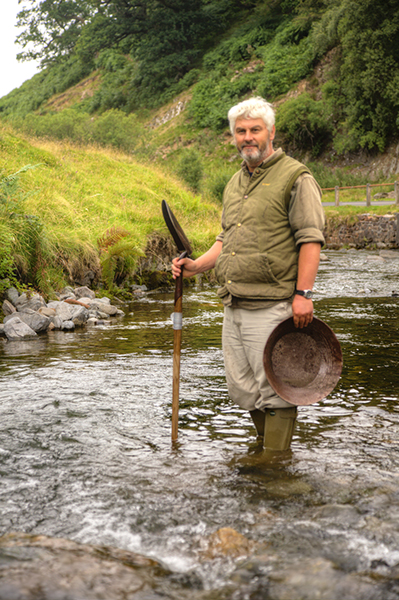









Monday, November 18th 2019 at 6:49 am
[…] Download Image More @ http://www.merchantandmakers.com […]